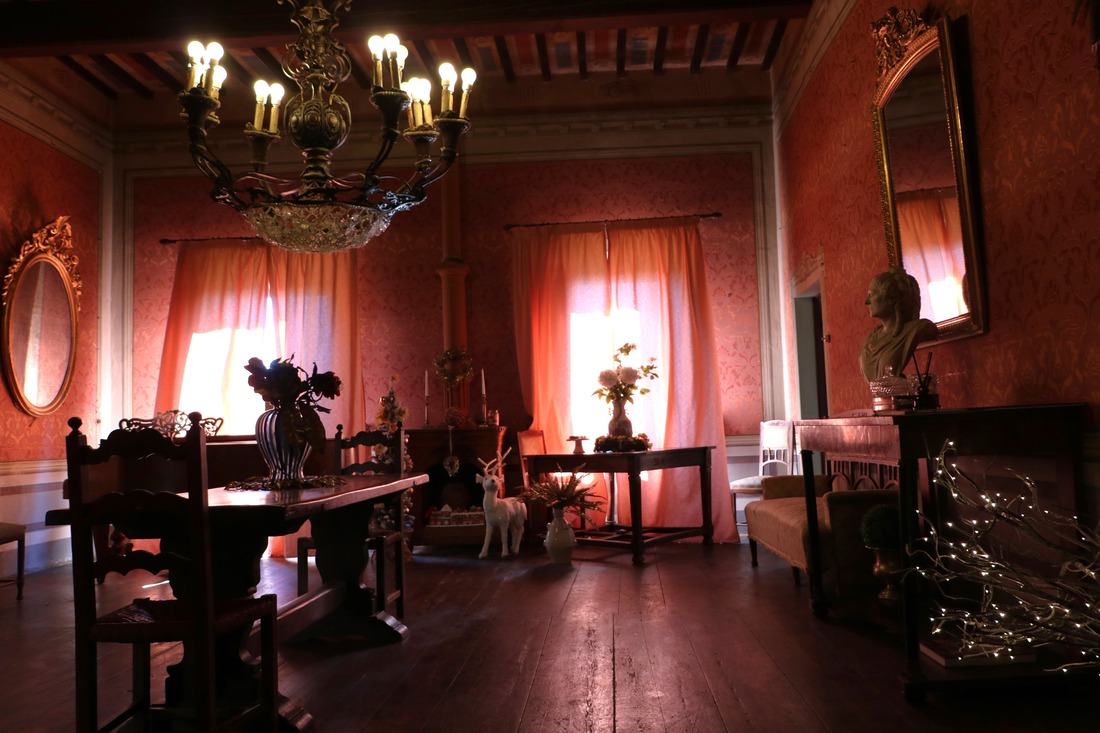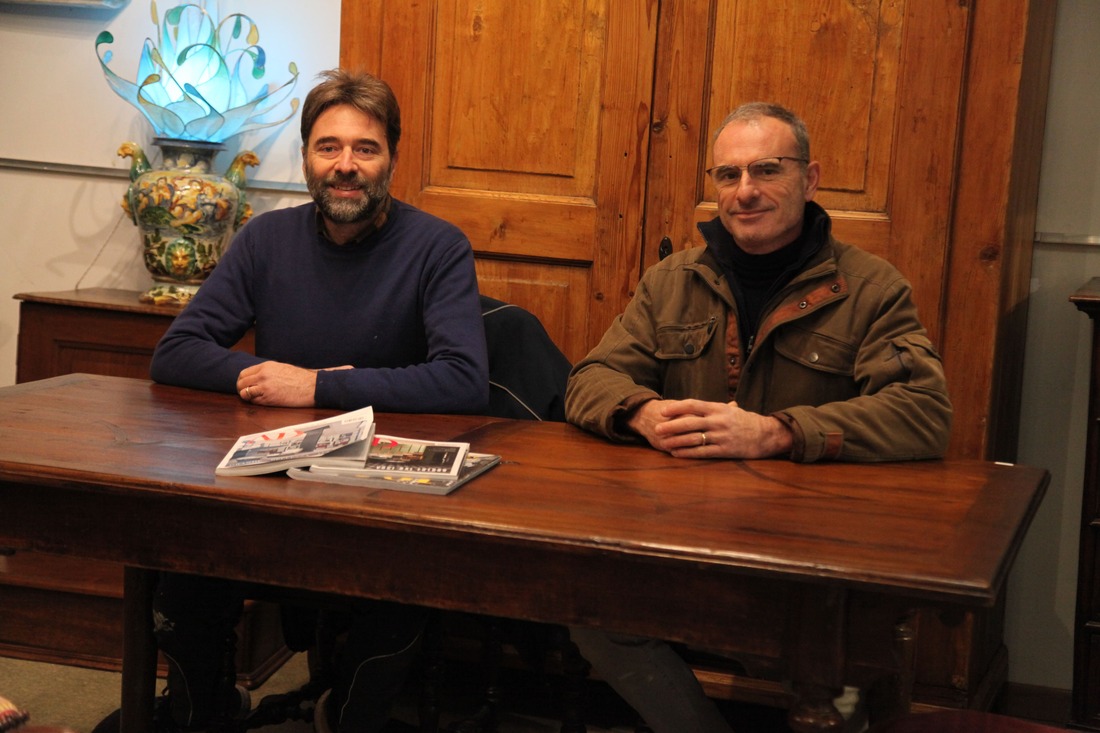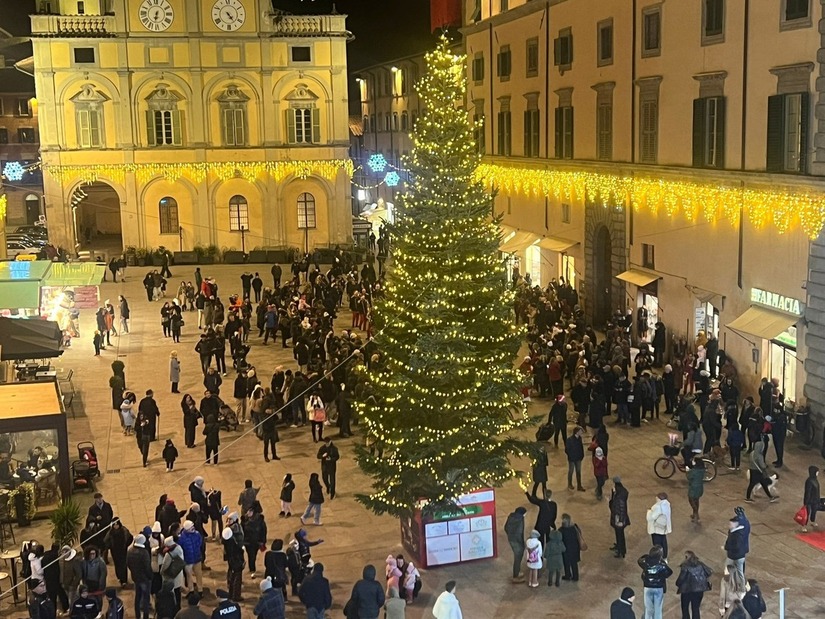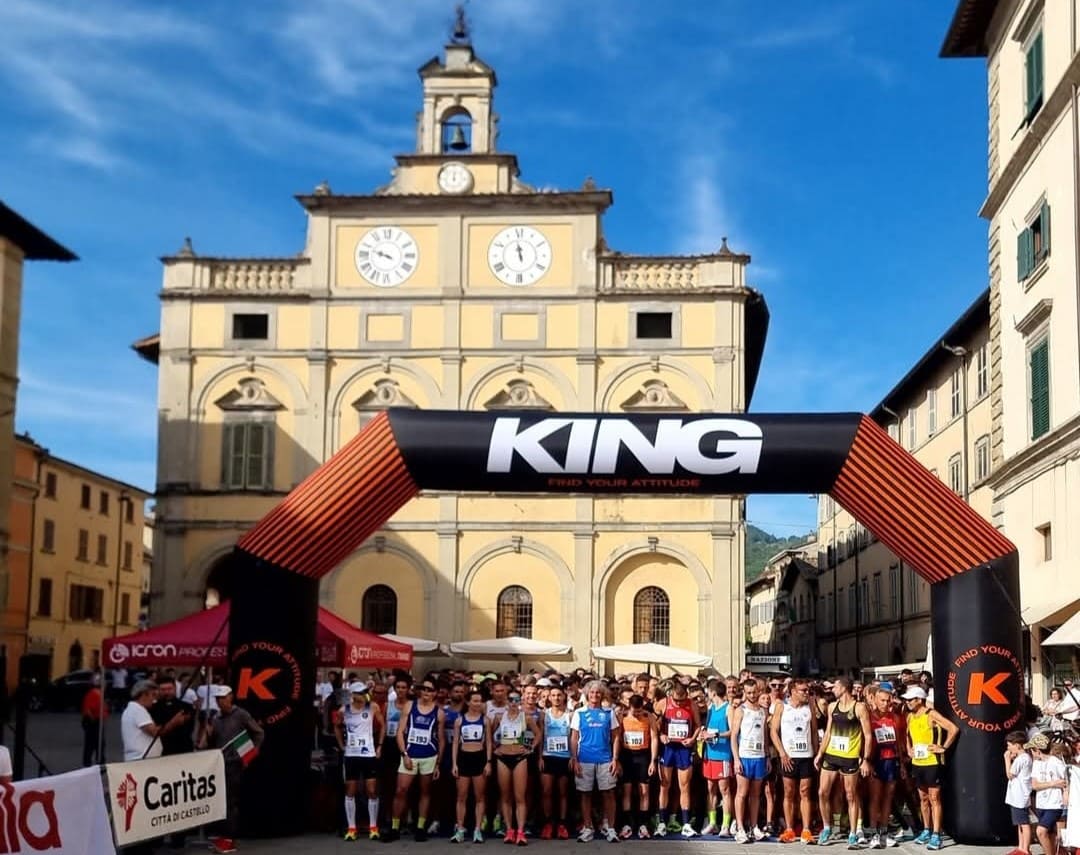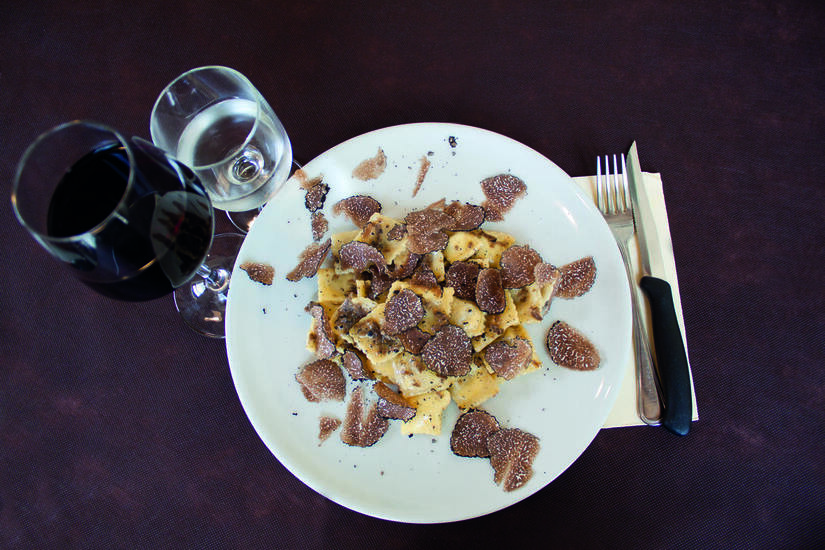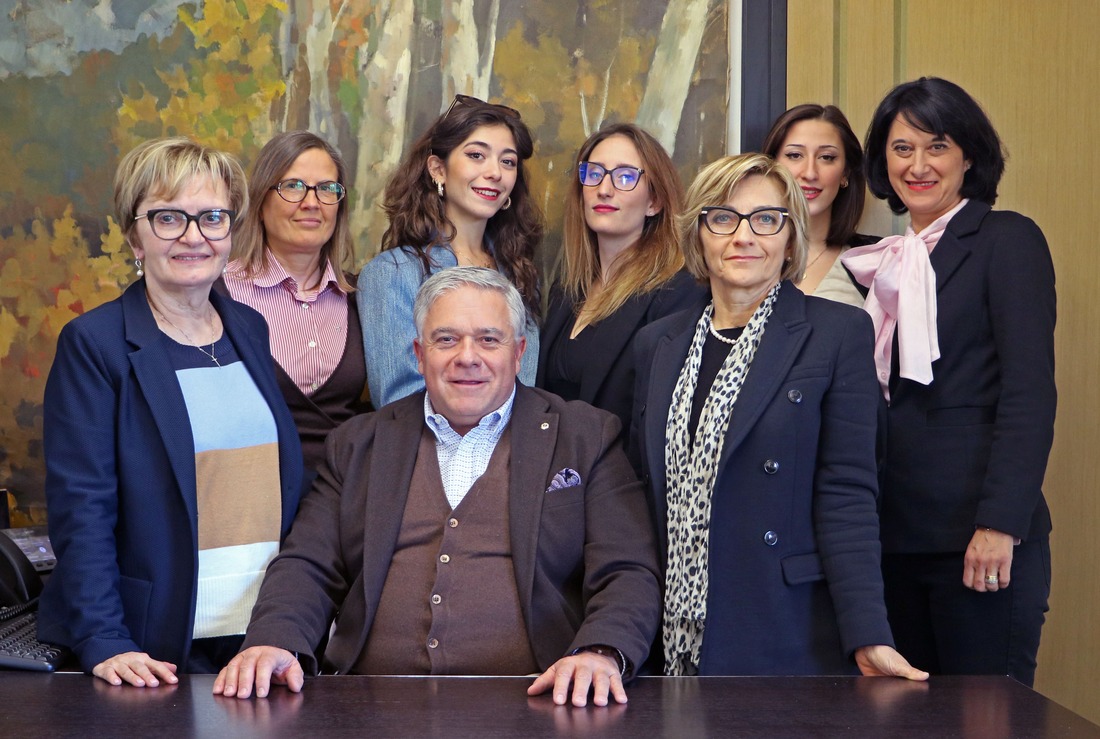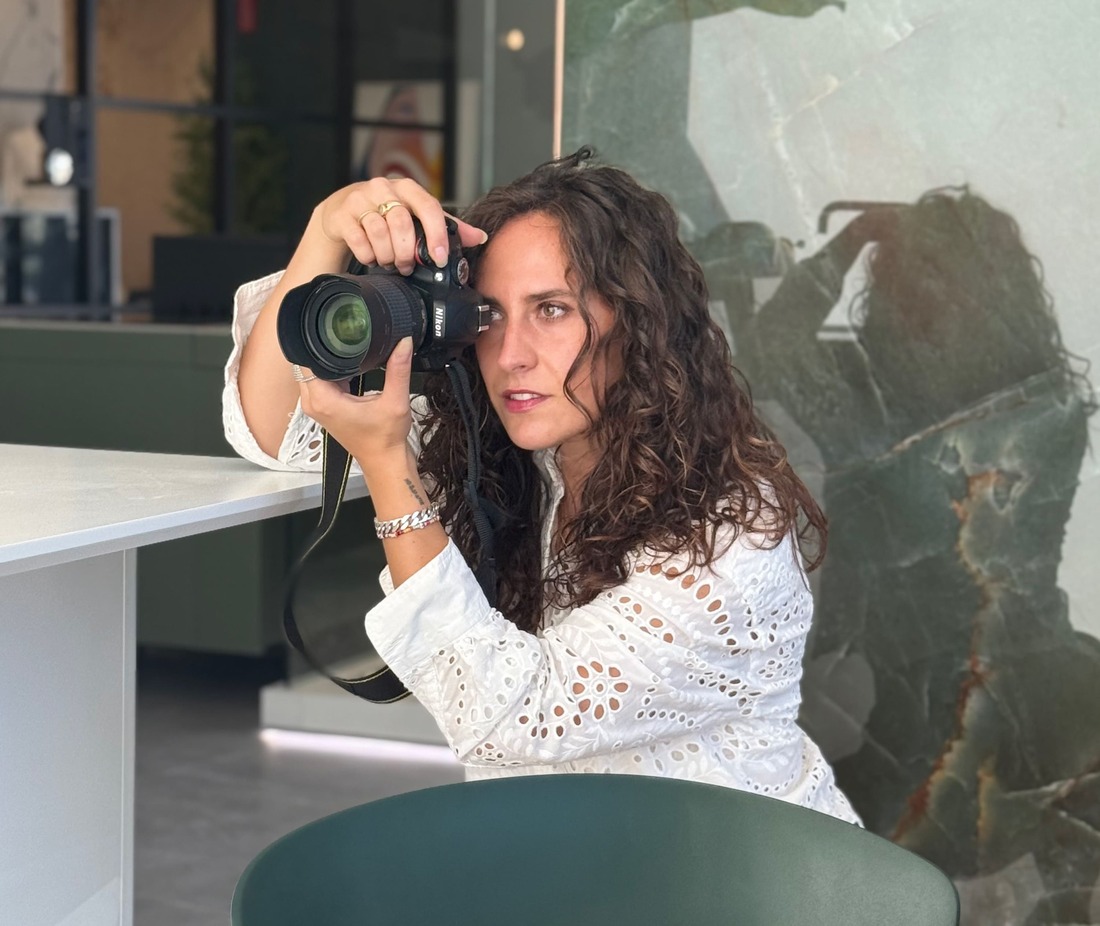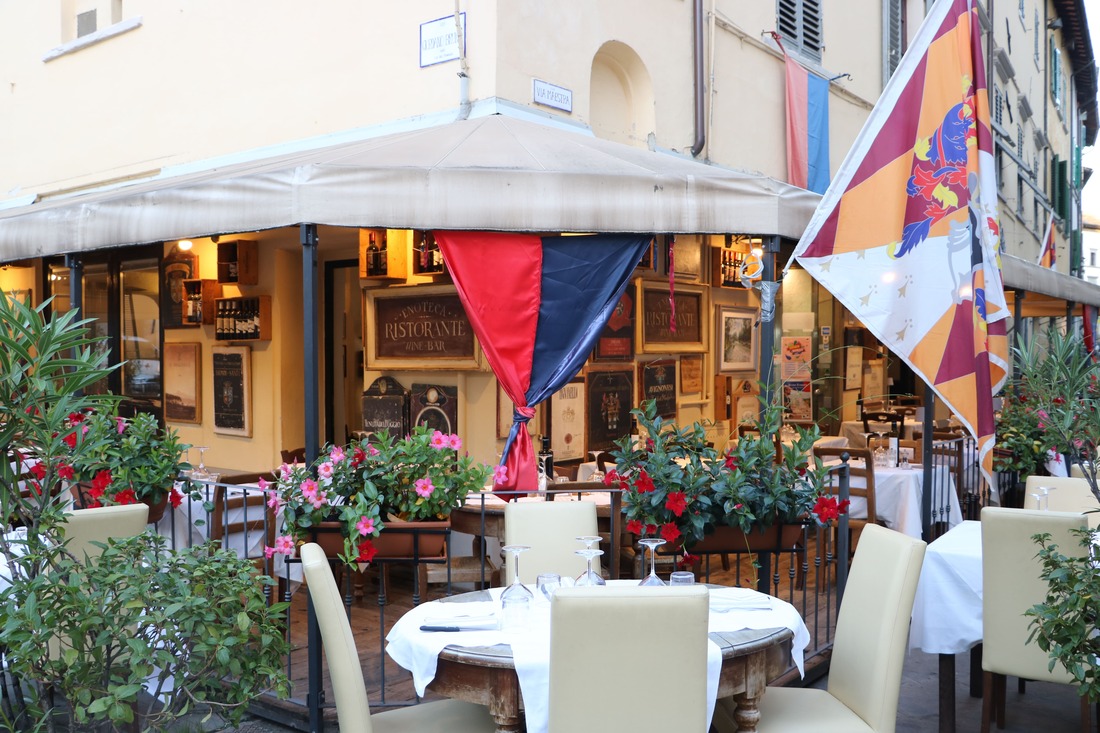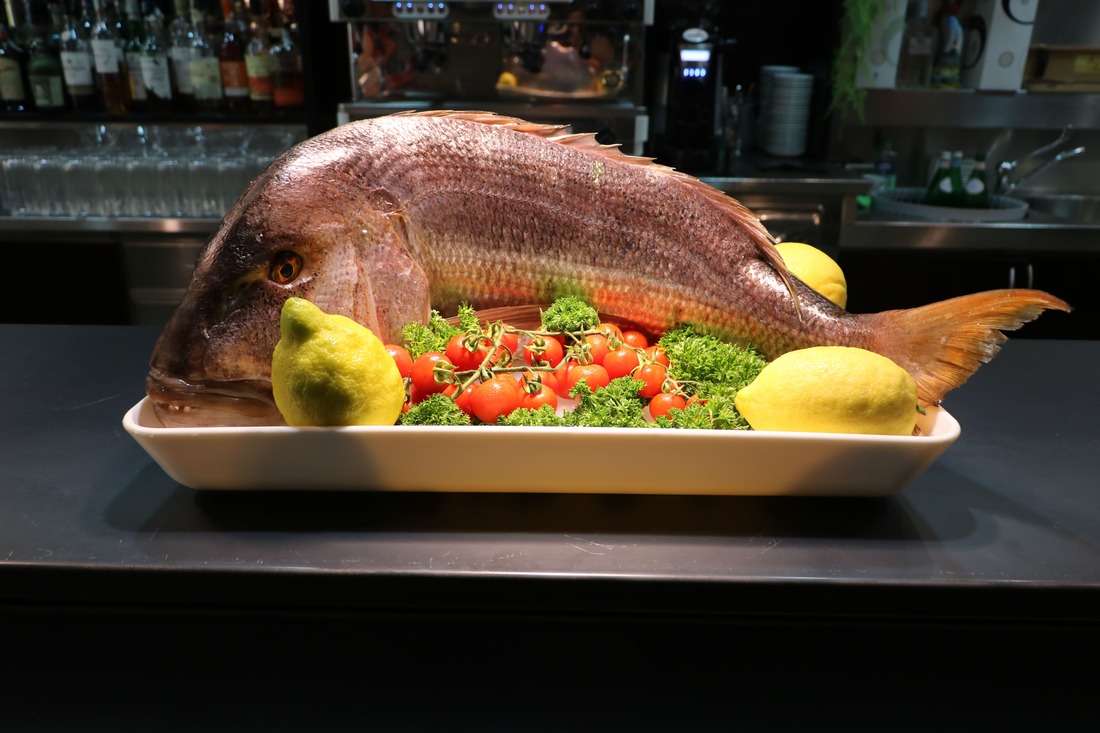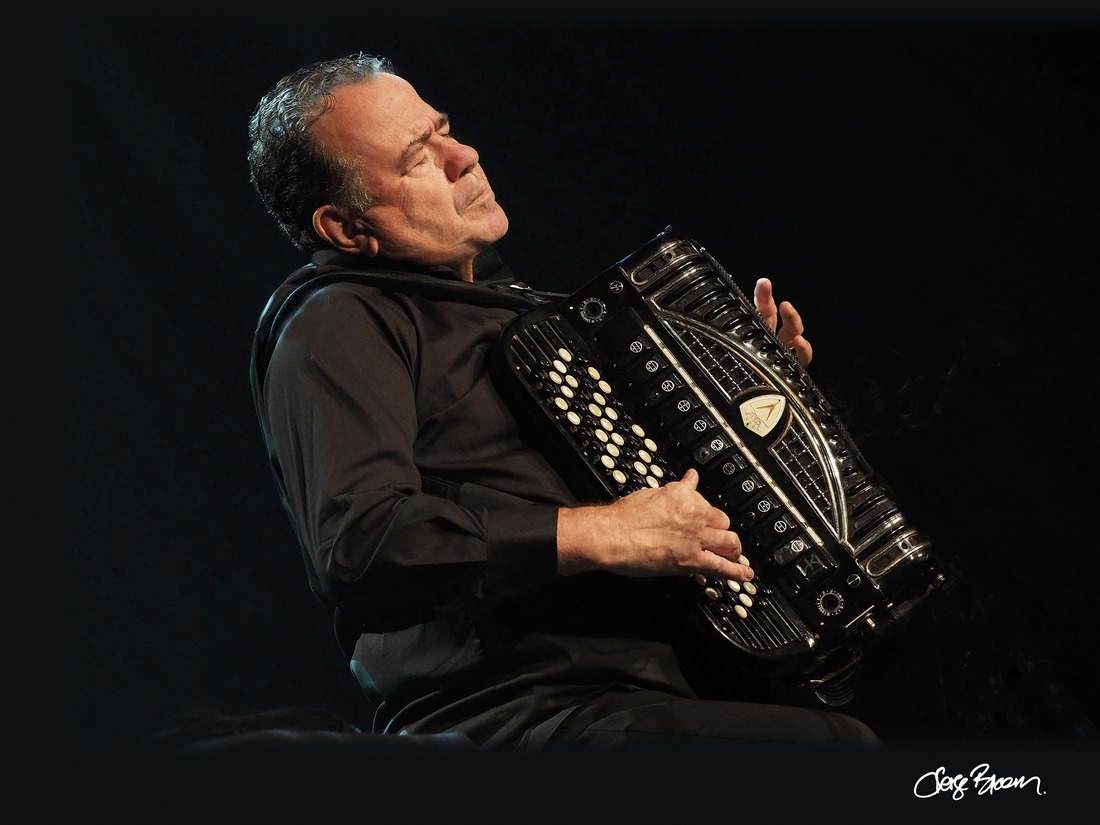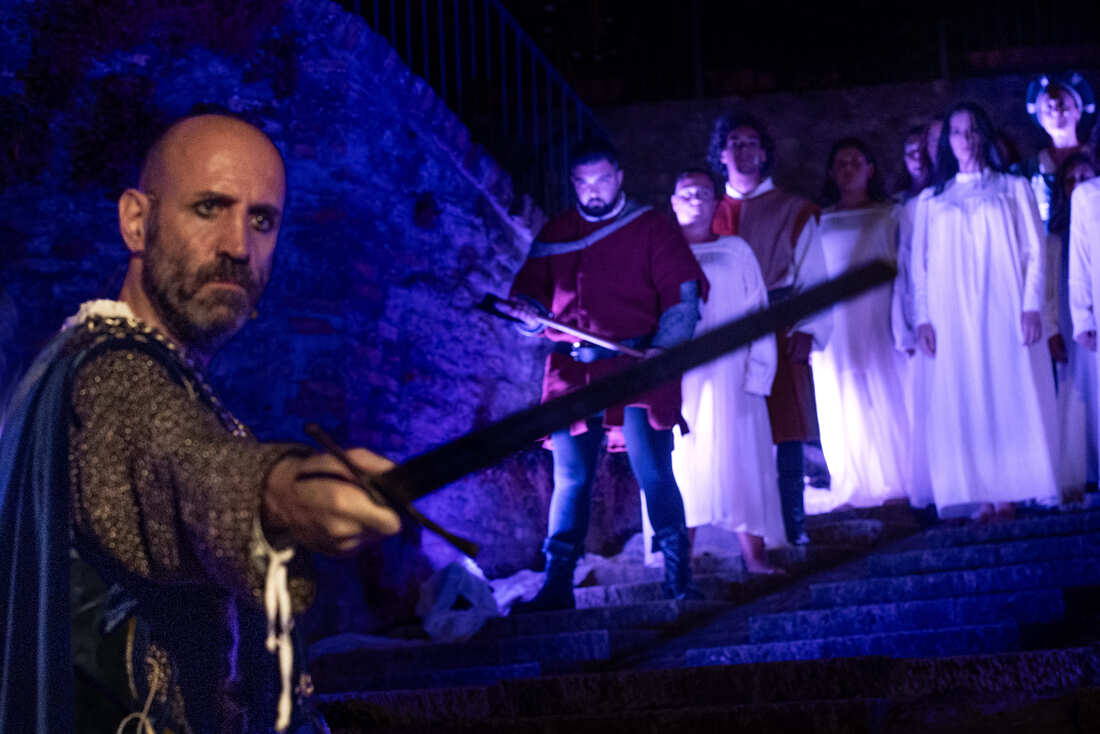Guiding us on this journey is Veronica Barelli who, together with her brother Alessandro, guards and animates this ancient residence
read more >Category: Alto Tevere and Valtiberina Toscana
We can say that manual work, being artisans and knowing the craft – since they grew up in an art family and in a restoration workshop – represent the cornerstones of their particular activity.
read more >There are many new features in the “Christmas in the city” calendar presented by the Councillor for Commerce and Tourism Letizia Guerri and the Councillor for Culture Michela Botteghi, together with the president of the Pro Centro Consortium Flavio Benni and the manager of the Commerce and Tourism sector Emanuele Mattei.
read more >2026 will be an important year: in fact, the Club’s 25th anniversary falls
read more >The second courses enhance tradition: sliced meat, lamb scottadito and traditional roasts (goose, duck, chicken and lamb, etc …), coming from farmyard animals raised with care.
read more >For Studio Romolini, each project bears its own unique identity: it bears the imprint of the client and requires a dedicated approach.
read more >Her experience abroad has provided the tools to bring innovation even in more traditional contexts, as often happens in the Tuscan territory. Here places preserve a charm and a history that deserve respect, but which can also be enhanced and reinterpreted with a new conception of the perception of space
read more >We ask Sergio himself, a historic interpreter of the Anghiari and Tuscan gastronomic tradition by extension. As well as a sincere friend – and that’s not a detail.
read more >A place that is more and more a point of reference both for tourists who come to Sansepolcro and for the locals, whether for a romantic dinner or for an evening with the family or even simply for a tasty lunch break
read more >For nineteen years, Elena Radici has been taking care of it, who with passion, competence and a smile capable of putting anyone at ease, accompanies people on a personalized journey towards well-being.
read more >A story made up of returns, friendships, intuitions and fresh fish, which is intertwined in a restaurant where every detail is designed to make you live a memorable gastronomic experience.
read more >The Festival delle Nazioni, a historic and prestigious event that this year reaches its fifty-eighth edition, returns to Città di Castello from 28 August to 12 September 2025 with which a new design phase opens.
read more >In Montone, every Easter Monday and the penultimate Sunday of August (this year, therefore, from 17 to 24 August), the celebrations of the feast for the Donation of the Holy Thorn take place, an event capable of polarizing around itself the attentions of all the inhabitants of the village and neighbouring towns, as well as the many tourists who flock every year, more and more numerous, to attend and participate in the event
read more >The secret of Trattoria Lea does not lie only in the recipes handed down, in the fresh mushrooms or in the fine wines. It lies in the ability to make anyone feel welcomed, listened to, part of a story that continues to be written every day. And in a world where everything runs fast, finding a place like this, where the table is really warm, is a great little privilege
read more >Raphael’s Processional Standard of the Holy Trinity, kept in the Municipal Art Gallery of Città di Castello will be exhibited at the Met, Metropolitan Museum of Art in New York, on the occasion of the exhibition “Raphael sublime poetry”, curated by Carmen Bambach, scheduled from March 23 to June 28, 2026, a complete itinerary on Raphael’s work with over 200 works from museums of international profile such as the Vatican Museums, Vatican Apostolic Library, Uffizi, Louvre, Prado, British Museum and National Gallery, to name the most illustrious institutions.
read more >Campo Base is much more than just a shop but a place of meeting, exchange and passion for nature and outdoor activities. In this interview, she tells us about her story and philosophy of responsible and conscious outdoor use.
read more >